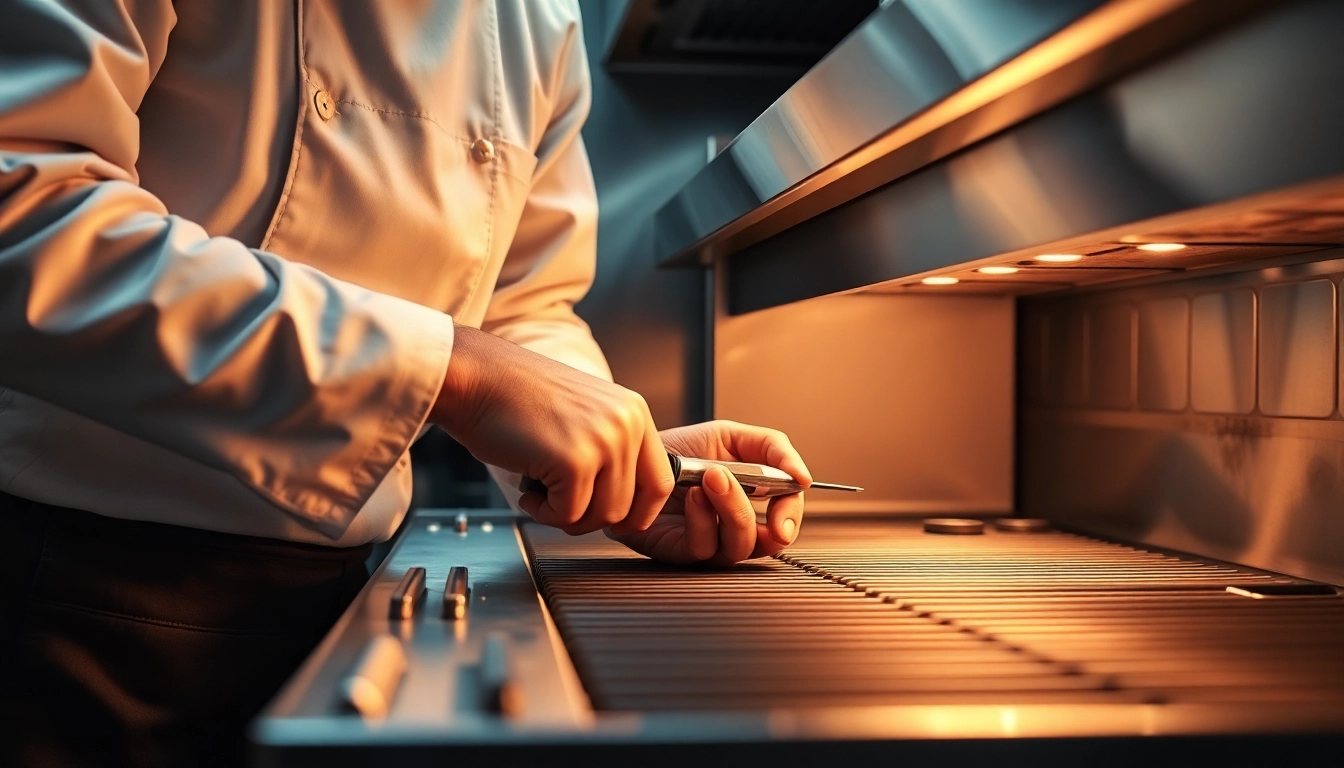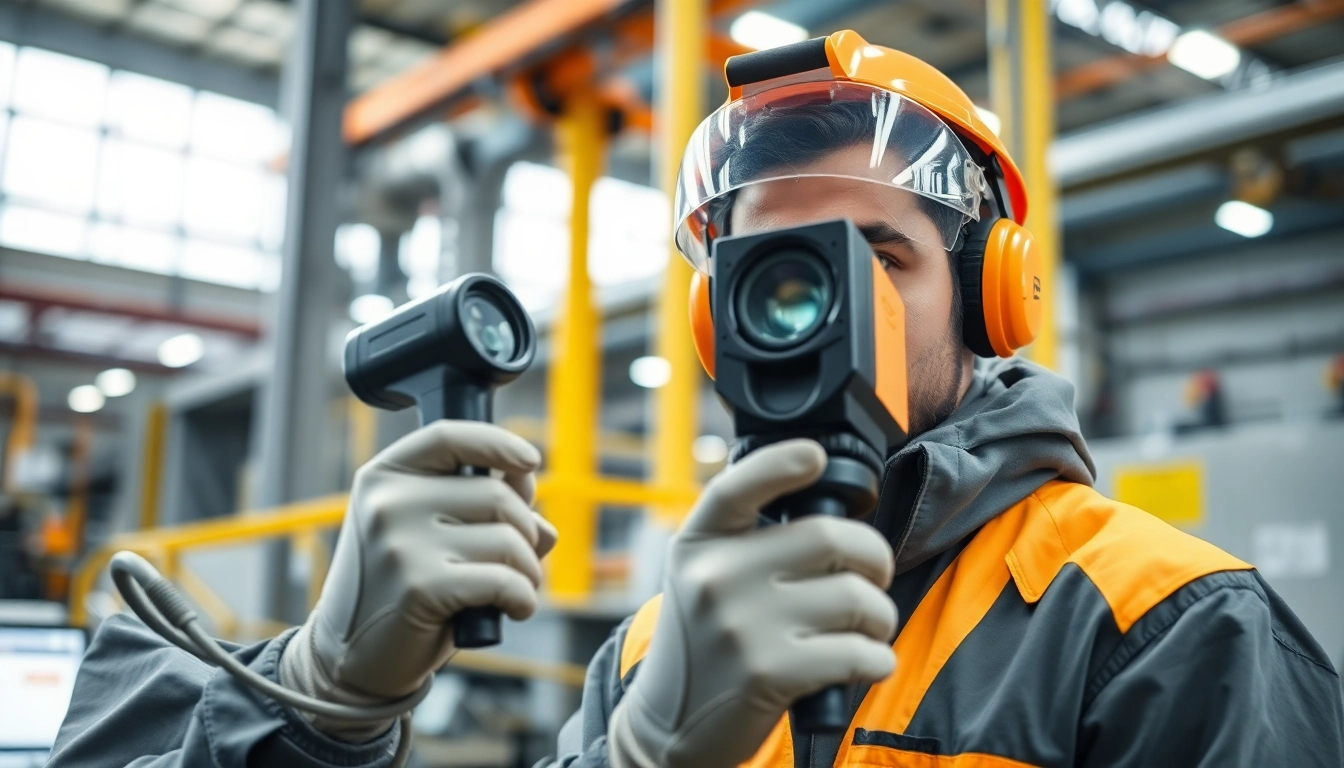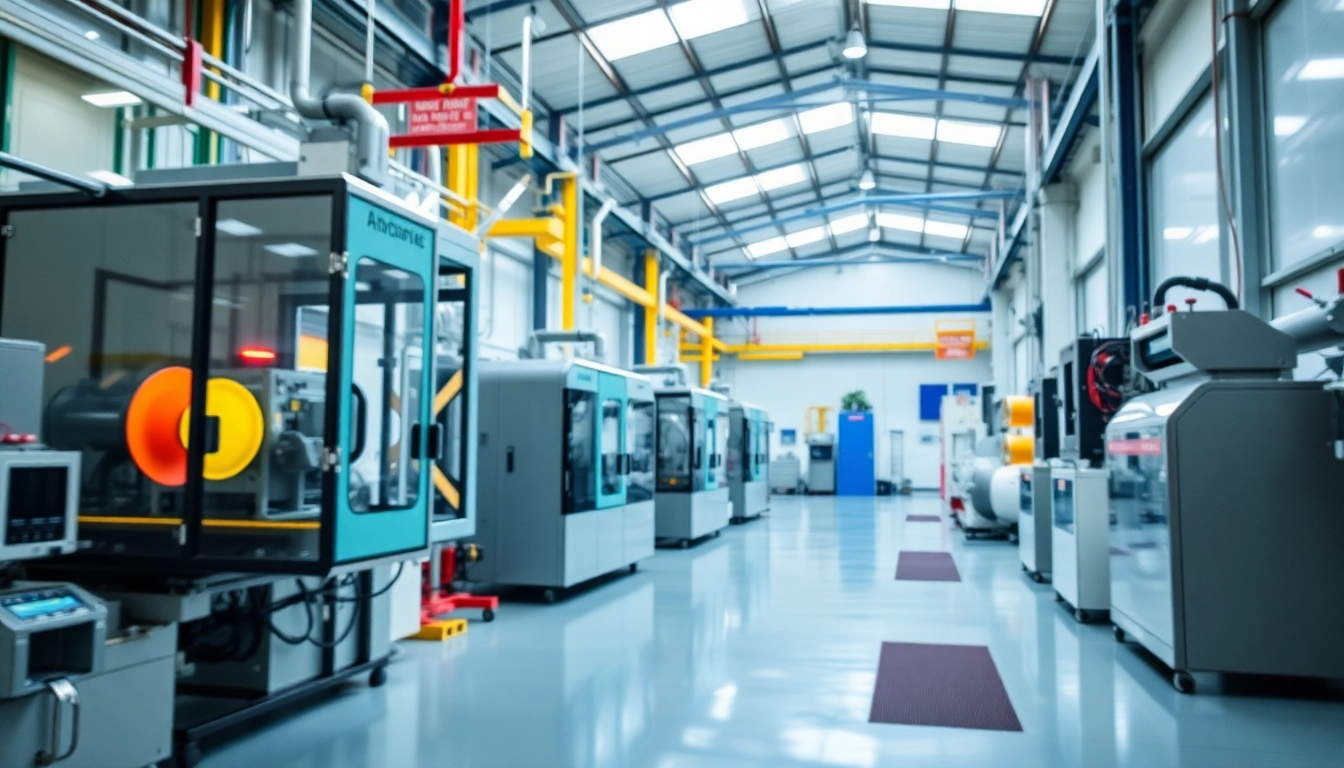Introduction to Chef Base Repair
In the fast-paced environment of a commercial kitchen, the chef base serves as a crucial element in coordinating food preparation and storage. Essentially, a chef base is a low-profile refrigerator that doubles as a workspace, providing chefs with easy access to fresh ingredients while maximizing limited space. Regular upkeep is vital to ensuring these appliances function optimally. This article delves into chef base repair, exploring how to identify issues, perform repairs, and maintain these valuable kitchen assets.
What is a Chef Base?
A chef base is designed for convenience, offering refrigeration along with a countertop workspace. Typically used in commercial kitchens, chef bases can accommodate various configurations, from drawers to doors, optimized for easy ingredient access. They are perfect for pizza stations, salad bars, or anywhere space is at a premium, functioning effectively in environments where quick assembly and efficiency are required.
Common Issues with Chef Bases
Despite their invaluable role in kitchens, chef bases are prone to specific issues. Common problems include:
- Temperature Fluctuations: Ineffective insulation or malfunctioning thermostats can lead to inadequate cooling.
- Leaking Refrigerants: A refrigerant leak can disrupt cooling efficiency and is often a sign of a more significant problem.
- Compressor Failures: Overworking a compressor can lead to breakdowns, often due to lack of maintenance.
- Deterioration of Seals and Gaskets: Worn out seals can cause cool air to escape, leading to inefficiency.
Importance of Timely Repairs
Addressing issues promptly is crucial for prolonging the lifespan of your chef base. Neglecting repairs can lead to more severe problems, impacting food safety, causing food spoilage, and increasing energy consumption. Regular maintenance can prevent these issues, ensuring that the chef base continues to function efficiently and reliably in busy kitchen settings.
Diagnosing Chef Base Problems
Diagnosing problems with a chef base requires careful observation and understanding of how the appliance functions under normal conditions. A systematic approach can help identify issues before they escalate.
Signs Your Chef Base Needs Repair
Several indications can signal that your chef base requires attention:
- Inconsistent Temperatures: If food does not remain at safe temperatures, it is a serious warning sign.
- Unusual Noises: Sounds like banging or grinding can indicate mechanical issues.
- Condensation or Frost Buildup: Excess moisture or frost could point to airflow issues.
- Increased Energy Bills: Higher costs can indicate that the unit is working harder than it should.
Tools Required for Diagnosis
To effectively diagnose issues, technicians often require:
- Digital Thermometer: For precise temperature readings.
- Multimeter: To check electrical components and connections.
- Infrared Thermometer: Useful for detecting improper cooling patterns.
- Leak Detector: To identify refrigerant leaks.
Step-by-Step Troubleshooting Guide
Here is a detailed troubleshooting guide to help identify issues with your chef base:
- Observe the unit for any unusual sounds or performance issues.
- Check temperature settings and monitor them with a digital thermometer.
- Inspect seals and gaskets for wear or damage.
- Look for visible signs of leaking refrigerant.
- Evaluate ventilation space around the unit to ensure proper airflow.
- Consult the manufacturer’s manual for specific troubleshooting steps relating to your model.
Common Chef Base Repair Techniques
Understanding common repair techniques can empower managers and technicians to keep their chef bases running smoothly.
Replacing Gaskets and Seals
Gaskets and seals are crucial for maintaining the internal temperature of a chef base. Over time, they can become worn or damaged, leading to air leaks. Replacing these components involves:
- Removing the old gasket carefully to avoid damaging the door or frame.
- Cleaning the surface to ensure a good seal with the new gasket.
- Applying adhesive if necessary (some gaskets come with self-adhesive backing).
- Pressing the new gasket into place and ensuring it sits flush.
Fixing Refrigeration Issues
Refrigeration problems can often be attributed to two areas: the compressor and the evaporator coil. To address common issues:
- Ensure power to the unit is on.
- Check for proper airflow around the condenser coils; clean if needed.
- Inspect the compressor; if it’s running continuously without cooling, it may need a professional assessment.
- Look for ice buildup on evaporator coils, indicating airflow obstruction.
Electrical Troubleshooting
Electrical issues can manifest as malfunctioning lights or complete system failure. Steps to troubleshoot include:
- Inspect the power cord for signs of damage.
- Test outlets with a multimeter to ensure proper voltage.
- Check for tripped breakers or blown fuses in the circuit.
- Look into the thermostat function; replacing a faulty thermostat can resolve many cooling issues.
Preventive Maintenance for Chef Bases
Preventive maintenance is essential for extending the life of your chef base while ensuring it operates efficiently.
Regular Cleaning Tips
Routine cleaning can prevent issues such as odor, mold, and inefficient cooling. Consider these tips:
- Frequently clean the condenser coils to improve efficiency.
- Wipe down gaskets to remove dirt and prevent wear.
- Regularly shed stock to check for spoiled items and reorganize.
- Deep clean the interior every few months to maintain hygiene.
Temperature Monitoring Best Practices
Maintaining safe food temperatures is vital in a commercial kitchen. Implement these practices:
- Utilize digital thermometers to monitor temperatures regularly.
- Invest in alarm systems that notify staff when temperatures fall outside of safe ranges.
- Train staff to be vigilant about temperature checks during peak hours.
Scheduling Professional Maintenance
In addition to routine maintenance, scheduling periodic professional inspections can identify hidden problems. Consider the following:
- Have a certified technician inspect the unit at least twice a year.
- Request documentation of all services performed for your records.
- Use maintenance visits as an opportunity to ask questions regarding optimal usage.
Finding Expert Chef Base Repair Services
When repairs exceed in-house capabilities, finding a reputable service is essential.
How to Choose a Repair Service
Selecting the right repair service can save time and money. Look for:
- Experience: Choose a service with a proven track record in commercial kitchen equipment repair.
- Certifications: Ensure that technicians hold relevant certifications, particularly for refrigeration systems.
- Reviews: Check customer reviews to gauge satisfaction and reliability.
Cost of Professional Repairs
Understanding repair costs can help you budget effectively:
- Diagnostic Fees: Most repair services charge a fee to assess the issue, typically ranging from $50 to $150.
- Parts Replacement: The cost of parts can vary based on the necessary components – budget for $100 to $500 or more.
- Labor Charges: Expect additional costs for labor, typically charged hourly, which can range from $75 to $150.
Warranties and Manufacturer Support
Always check for warranty coverage, which can include:
- Parts Warranty: Many manufacturers offer warranties that cover specific components for a set period.
- Service Partnerships: Some brands partner with certified service providers, which can offer peace of mind.
- User Manuals: Always refer to the user manual for troubleshooting tips and warranty specifics.



